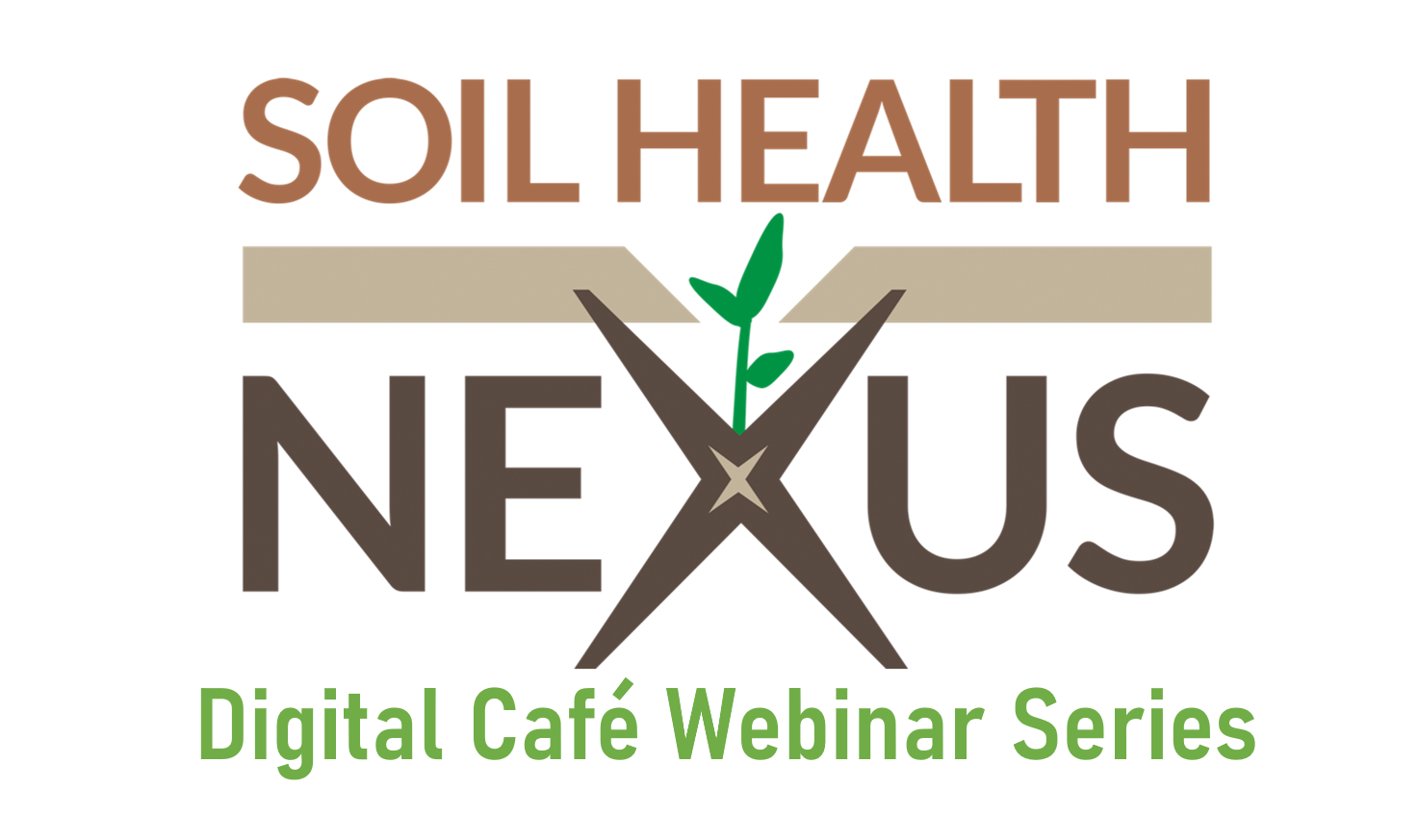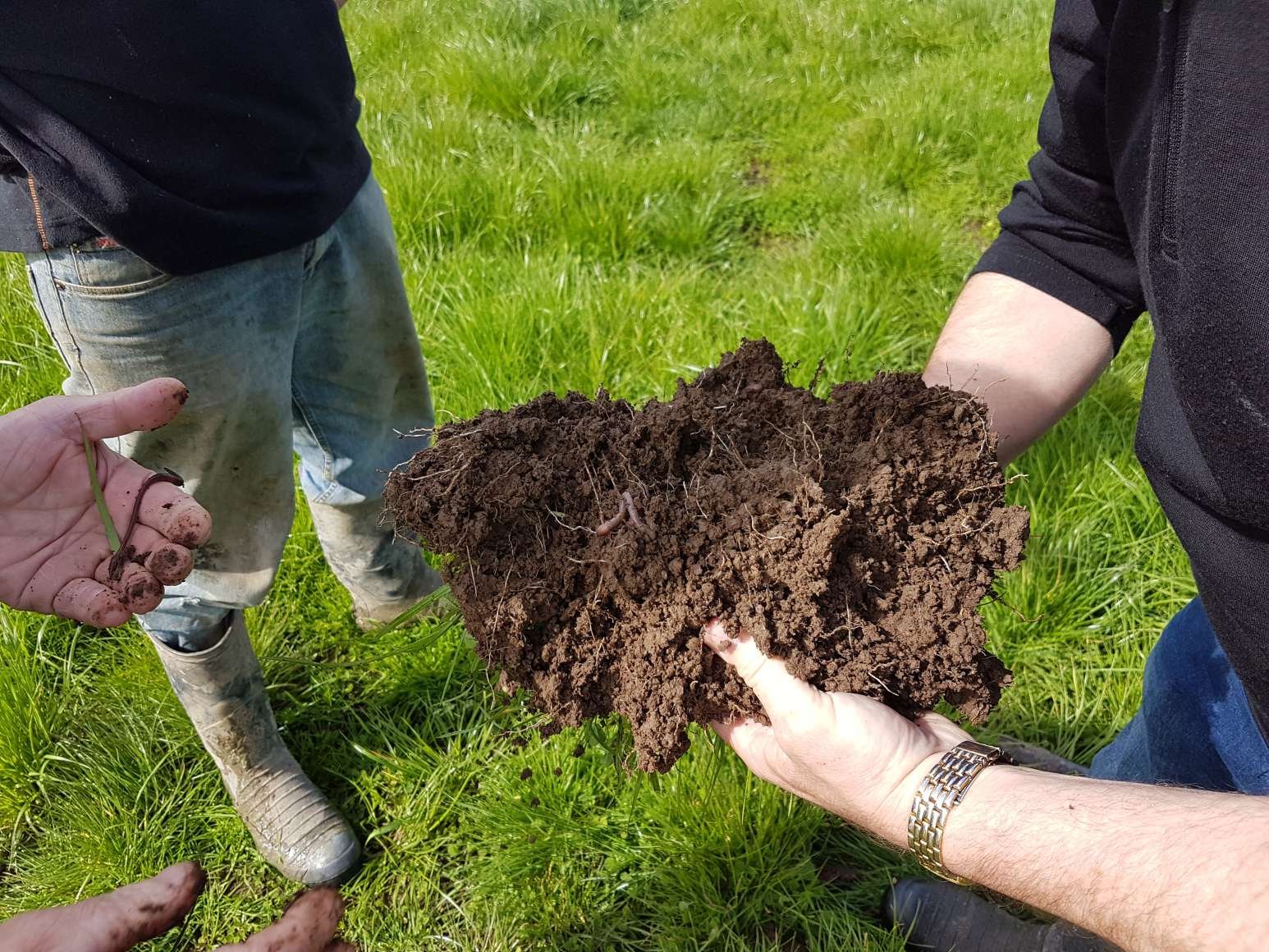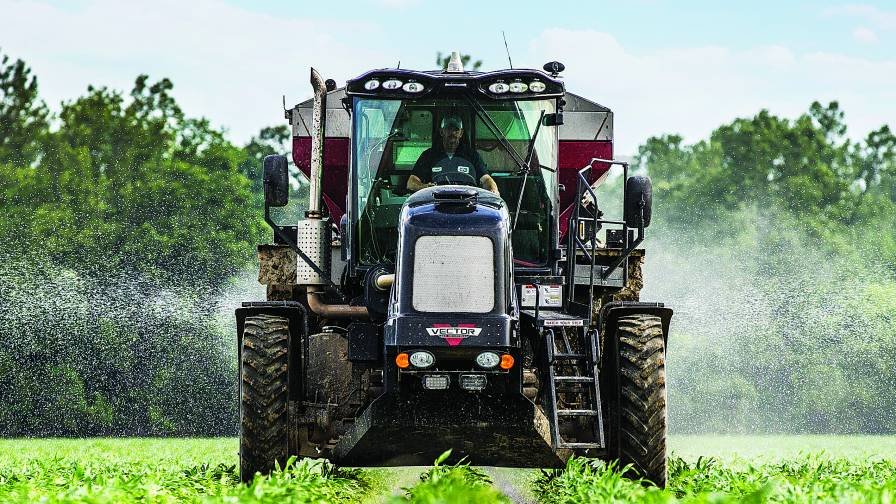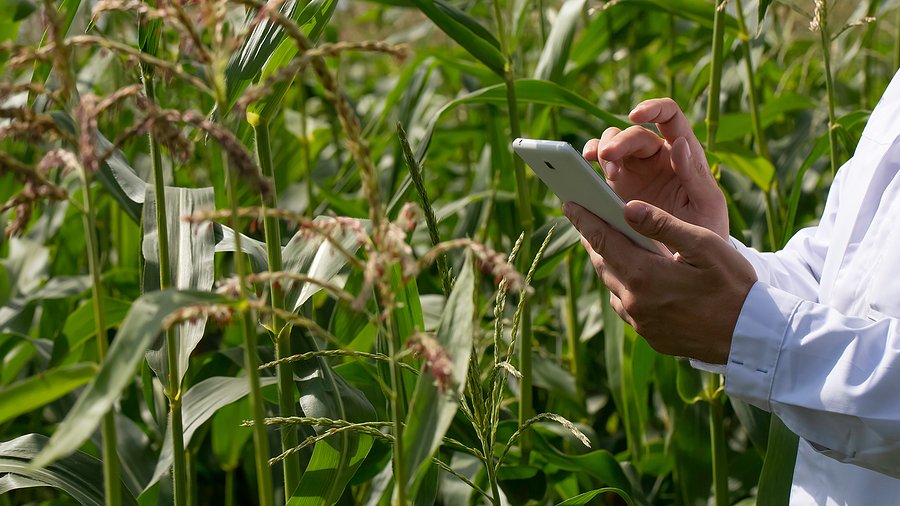It’s no secret that conventionally-cultivated soils tend to become, by themselves, poor. They’re often managed under exploitative techniques that involve intensive tillage, scarce or absent ground cover, and intensive application of inorganic fertilizers and pesticides, all of which take a toll on microbial diversity, evenness, and richness. The impact that these techniques have on long-term soil fertility is no joke: they’re the reason why the FAO alerted, in 2015, that by 2050 we could have only one-quarter of the cultivable land that we had in 1960. It’s clear that we have to transition from this model to one that is sustainable, both in an environmental and an economic sense (come to think of it, what’s the sustainability of a business that destroys its own productive basis, in the end?).
One of the aspects where the impoverishment of conventionally-managed soils appears more prominently is in their lack of microbial diversity: in contrast, organically-managed soils tend not only to exhibit higher levels of general biodiversity but also a staggering 34% to 84% larger microbial biomass in comparison with inorganic soils. This is according to a meta-study that analyzed the results of 56 peer-reviewed papers on the subject, and that also highlights that most of the key benefits of a healthy microbiota (which plays “…an important role for various soil-based ecosystem services such as nutrient cycling, erosion control, and pest and disease regulation”, as the study notes) are obtained through time. It’s the prolonged management of soil under organic and conservation practices that makes it build a rich community of beneficial microbes.
Nitrogen-fixing bacteria, living in nodules in the roots of a plant. These bacteria are some of the prime biofertilizers that must be brought into formerly-conventionally-managed soils.
But if there’s something that we don’t have right now is another century to patch up the errors of the last. If the world is going to transition to sustainable agriculture, something that is going to be key is finding ways of building the microbial blends community of recently converted soils; finding ways of not only placing the microbial inoculators there but also of helping them get established and thrive. Especially since scientists are talking more about the microbiome and less about specific microbes, these days.
The area remains, however, comparatively understudied. A search in Google Scholar for publications that mention ‘soil inoculants’ during this year reveals around 112 results: not enough if compared with a search for ‘cryptocurrencies’, that reveals over 8,000 results, or a search for ‘late night TV’, which gives half-a-hundred more publications on the subject for the same timeframe. Enough has been published on it for new organic farmers to read already, but for such an important subject, is less investigated than the patterns of late-night television is not enough. It’s time we took a moment to appreciate the importance of soil fertilizers for building an organic future — and asked ourselves if we’ve been paying them attention enough.













